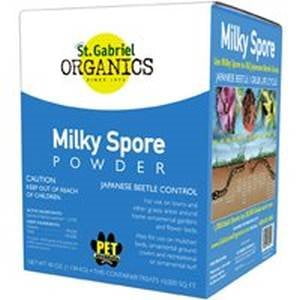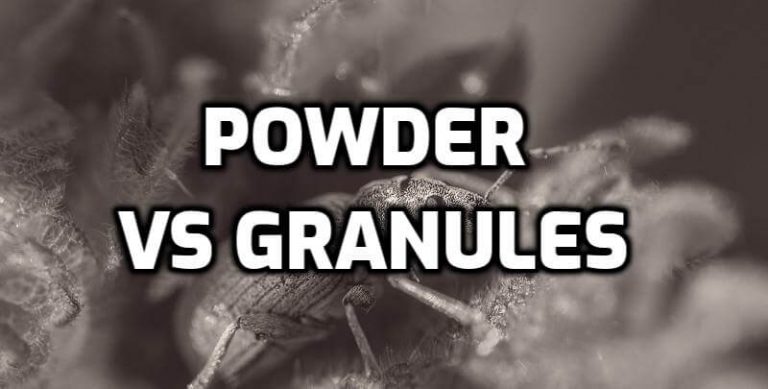

They can be tricky to detect, but a lawn care professional can determine the presence of billbugs by pulling the grass to see if it breaks off at the soil line, and looking for the presence of billbug excrement, which appears powdery, like sawdust. When grass begins to turn brown in early summer, it could be billbugs. When the eggs hatch, the larvae eat the grass from the inside, root to tip. The adult beetles chew holes in the grass blades and lay their eggs inside. Unlike many other lawn pests, billbug larvae and adult beetles cause damage to the grass. The larvae look similar to white grubs, but they do not have legs. They are about 1/2 inch in length and have a long, protruding snout. Billbugsīillbugs are a beetle in the weevil family that can be found throughout most of North America. First, you will notice small brown patches that appear scalped. Sod webworms can quickly cause extensive damage to turf if left unchecked. They are only in the larvae form for a little over a month when they turn into adult moths. When the eggs hatch, the larvae eat the grass blades and stems during the night, and hide in silk webbed burrows during the day. The larvae are gray or tan with dark spots and about an inch long. Sod webworms are the larvae of a gray moth called the sod webworm moth. This usually occurs between June and September, when chinch bugs are feeding on the grass. Look for patches of grass that first look purplish, then wilt, turn yellow and then brown. Lawn damage from chinch bugs can be mistaken for stress caused by drought. Adult chinch bugs spend the winter months in a dormant state at the base of the grass. and the young bugs or nymphs feed on the grass. Chinch bugs lay their eggs in the grass between spring and early fall. When they feed, they suck the juice out of the grass blades and secrete a toxin that stops the grass from absorbing water, causing it to dry up and die. These are tiny black insects with white wings that can be found in the thatch layer or in the crowns of the grass blades.

There are many different types of chinch bugs that feed on turfgrass throughout the US. During periods of extreme heat or drought, fire ants go deeper underground and do not build mounds. Fire ants build elaborate tunnels underground that can extend over 25 feet away from the mound. The mounds can be anywhere from a couple of inches to a couple of feet high, but that is just the tip of the iceberg.

Fire ant mounds usually appear in sunny areas, often close to sidewalks and roads. Fire ants are some of the most troublesome insect pests found in lawns and landscapes throughout the southwest because of their painful bite and aggressive behavior. Fire Antsįire ants are reddish-brown and only about 3/4 of an inch long, but don’t let their size fool you. Armyworm damage in a lawn results in a circular bare spot in the turf. They are active in the evening, night, and early morning hours. Unlike grubs, armyworms eat grass blades and stems, and the leaves of other plants. In their larval stage, these pests can be many different colors, including yellow, gray, and pink. ArmywormsĪrmyworms are the 1-2 inch long larvae of many different types of brown moths that are identifiable by their furry abdomens. If you have lawn grubs, you may also find evidence of hungry animals like skunks, moles, and raccoons burrowing in your yard to eat them. Grub damage first appears as wilted grass blades, which eventually become brown spots in the lawn. These grubs can do extensive damage to the lawn. In early spring, warmer temperatures bring them up to just below the soil surface to eat grass roots again until early summer, when they make their transition to adult beetles. When the weather starts to turn cool, the grubs retreat further underground and go dormant for the winter. The eggs hatch and the larvae feed on grass roots. Adult beetles lay eggs in the soil during midsummer. White grubs are the larvae of many different types of scarab beetles, including Japanese beetles, June beetles, and masked chafers. When you know what type of pest you are dealing with, you can take care of the problem right away with a pest control program, and avoid an infestation that could be devastating to your lawn. Whether these critters are working right on top of your lawn or underneath the soil, it is important to identify the type of pest that is causing damage to your turf. These areas of dead grass are often a symptom of common lawn pests. During the summer months, you may start to notice brown patches or other lawn damage in your otherwise healthy lawn.


 0 kommentar(er)
0 kommentar(er)
